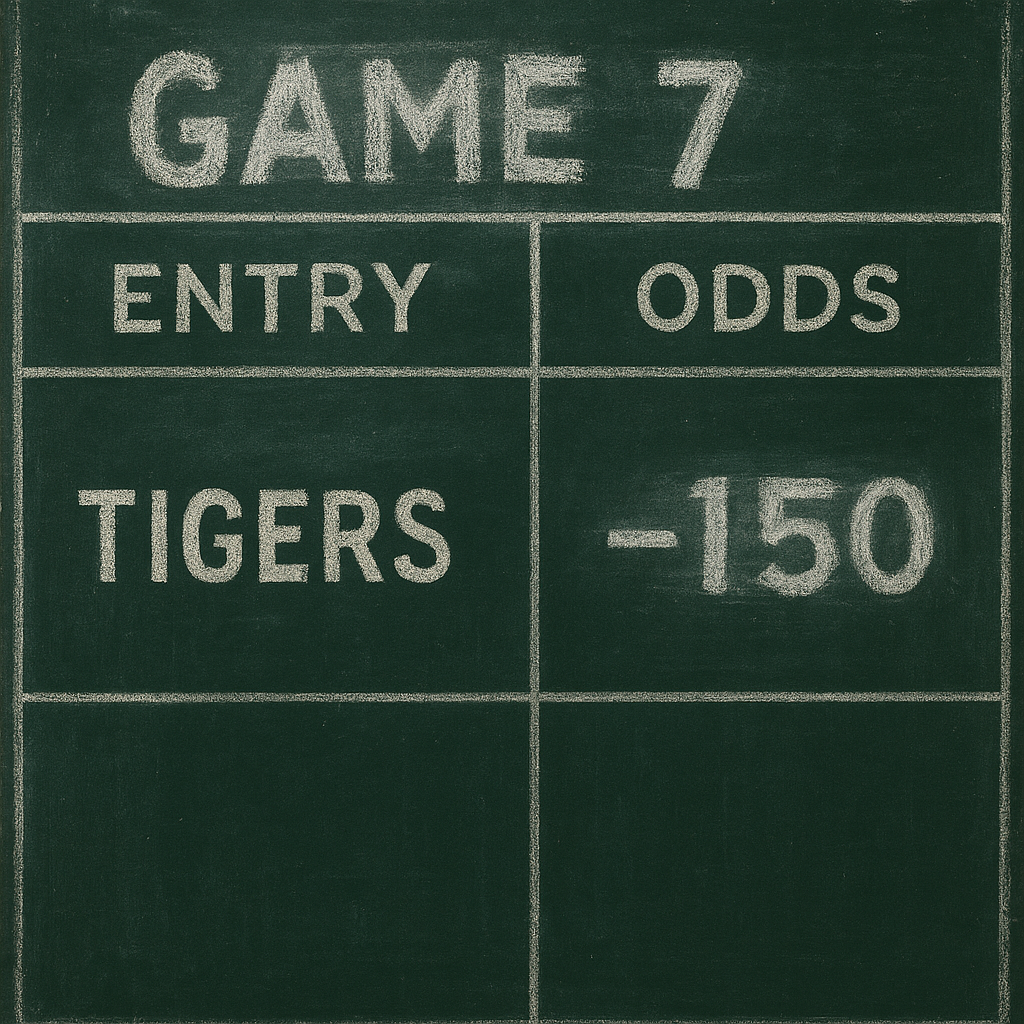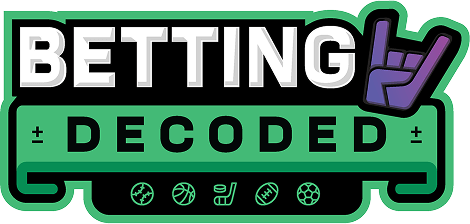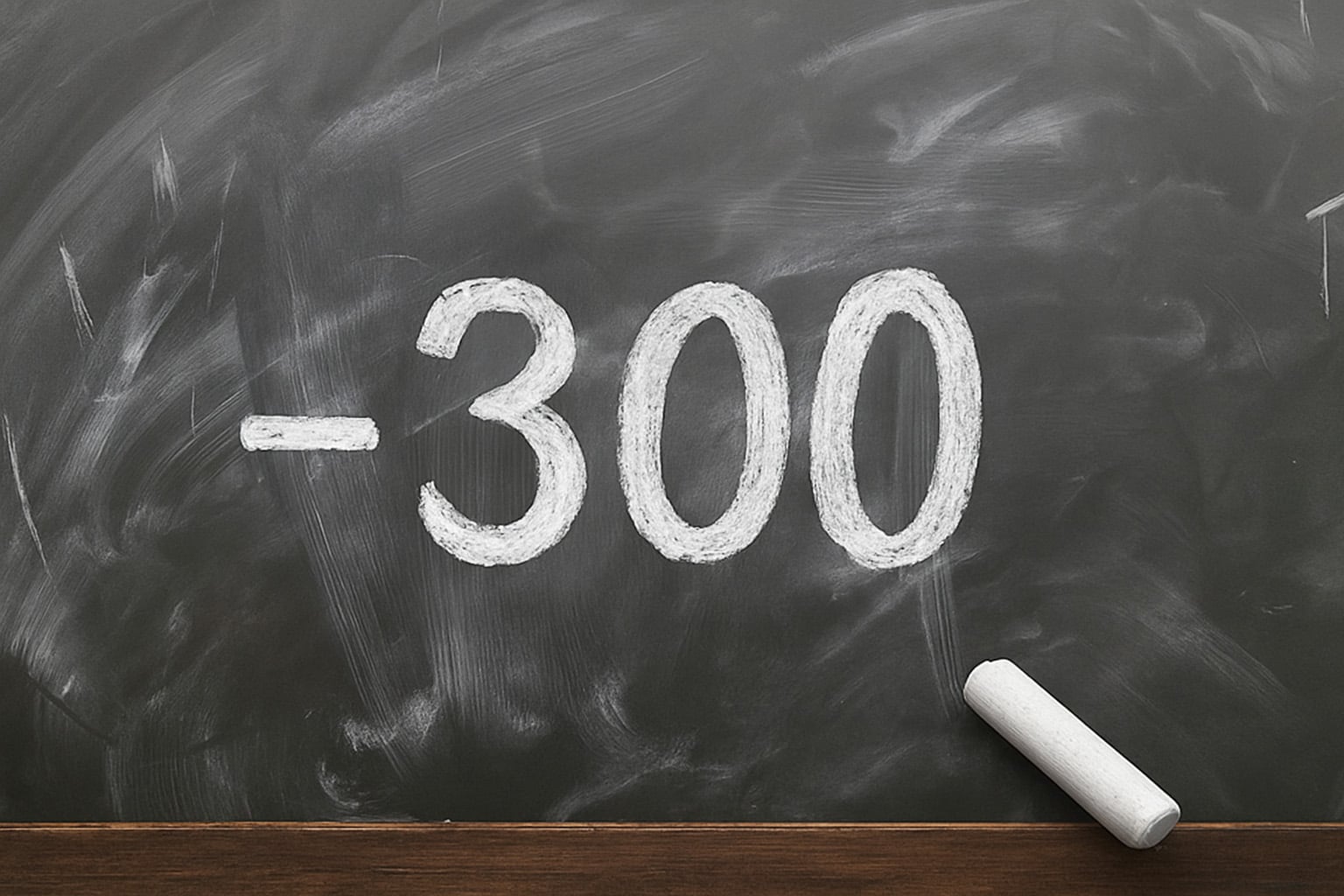Have you ever heard a sports fan or TV analyst talk about “betting the chalk” and wondered what they meant? It’s one of the most common terms in sports betting, and understanding it clears up a lot of things as you think about placing bets.
Follow along as we explore where the term came from, how to spot the favorite in any matchup, and how to approach the chalk as as bettor on Hard Rock Bet Sportsbook.
What is “The Chalk”?
The chalk is the heavy favorite in any sports betting matchup. This means the team or player that most bettors expect to win and that sportsbooks consider most likely to come out on top.
The term “chalk” is a throwback to the old days of bookmaking. Before digital odds boards and sports betting apps, bookies would write the odds for horse races and games on a chalkboard. When one horse or team got a lot of bets, the bookie would constantly have to erase and update their odds.
The name of that popular favorite was written and rewritten so many times that it would be covered in chalk dust. Thus, the heavy favorite became known as “the chalk.”
Today, “chalk” simply means the team or player that is heavily favored to win. When you see odds like -300 on moneyline bets, that’s a chalk pick. It means you would need to bet $300 just to win $100, showing how confident the oddsmakers are in that outcome.

How to spot the chalk
Once you know what to look for, spotting the chalk is easy. Here are the two clearest signs:
- The Big Minus Sign (-): In moneyline betting (which is simply picking the winner), the favorite will always have a negative number next to its name. The bigger the negative number, the heavier the chalk. A team at -150 is a favorite, but a team at -400 is considered heavy chalk.
- The Large Point Spread: When you see a football team favored to win by 10 points (shown as -10) or a basketball team favored by 15 points (-15), you’re looking at chalk. The point spread indicates how much a team is expected to win by, so a large number signals a lopsided matchup.
You’ll also notice that as more money comes in on a favorite, their odds might get even more lopsided (e.g., moving from -250 to -300). This is the market confirming that the team is the clear-cut chalk pick.
Should you bet the chalk?
Betting on the chalk offers the comfort of siding with the likely winner. It’s a popular approach for newcomers because it often leads to more frequent wins, which helps build confidence. Naturally, there’s a simple satisfaction or reassurance picking the team everyone expects to dominate – doing so, however, comes with a tradeoff.
The downside is obvious when you look at odds and payouts. That -300 favorite might win most of the time, but you’re only getting back 33 cents for every dollar you risk. You need to win three out of four bets just to break even, and more to make a profit. One loss can wipe out several wins.
The bottom line is that betting markets are efficient. Taking the chalk over an underdog isn’t necessarily advantageous because the payout is adjusted. On the flipside, taking the underdog isn’t better, either. What it comes down to is your risk appetite and how you feel about the specific matchup.
Chalk examples across popular sports
The concept of chalk appears in every sport, but it looks a little different for each one.
- NFL: A classic example is a team favored by a touchdown or more.
- NBA: Chalk is often found when top-tier teams face bottom-tier teams; later in the season, you might find chalk in matchups involving “tanking” teams.
- Baseball: In baseball betting, chalk is often about the pitcher. When a top team’s ace faces a struggling lineup, you’ll probably find some chalk.
Tennis: A top-ranked player on their preferred surface (like Rafael Nadal on clay) against a lower-ranked opponent is the definition of chalk.
Soccer: In leagues like the English Premier League, the talent gap between the top clubs and those facing relegation is massive, leading to extremely chalky matchups.
College basketball: A blue blood program versus a mid-major; you’ll hear people refer to “chalk brackets” during March Madness when the top seeds are chosen to advance through the NCAA Tournament with few upsets.
Golf: Major champions and top-ranked players like Scottie Scheffler in weak fields create chalk in golf betting odds.
FAQ about betting chalk
Have more questions about betting chalk? Look below:
How do sportsbooks adjust chalk odds as game time approaches?
If a high percentage of bets arrive on the favorite, the odds often get steeper to reflect the increased betting interest.
Can you include chalk bets in parlays for bigger payouts?
Absolutely—stacking chalk favorites in a parlay can boost your potential payout, but remember, every leg still has to hit for you to cash in.
What's the difference between justified chalk and overhyped favorites?
That’s the big question, isn’t it? Justified chalk is a favorite with real advantages—think talent, matchups, or motivation—while overhyped favorites are teams the public loves a little too much, driving the odds past their true value. Being able to identify the difference is the name of the game.
Is a positive moneyline good?
It depends on the situation. If you like a team to win straight up and see that they have positive odds, that would be appealing. Positive moneyline odds indicate that the team or player is the underdog. It means that Hard Rock Bet believes that team has a lower chance of winning, but on the plus side, if they do win, the payout will be greater.
Positive moneyline odds offer higher returns on your initial wager.
Why is the favorite called the chalk?
This goes back to a bygone era of sports betting. Before state of the art betting apps like Hard Rock Bet Sportsbook, or theatre-sized odds boards flanked with wall-to-wall tv screens at retail sportsbooks, odds were simply displayed on a chalk board. Popular picks would often generate odds movement, meaning the bookmakers would have to whip out their eraser and chalk and make adjustments — the chalk.
What makes a tournament bracket chalky?
The term ‘chalk’ is used a lot during March Madness as enthusiasts across the country fill out tournament brackets. Generally speaking a ‘chalky’ bracket is one that doesn’t have many upsets. If you have the top seeds in every bracket advancing, that’s a chalky bracket.


